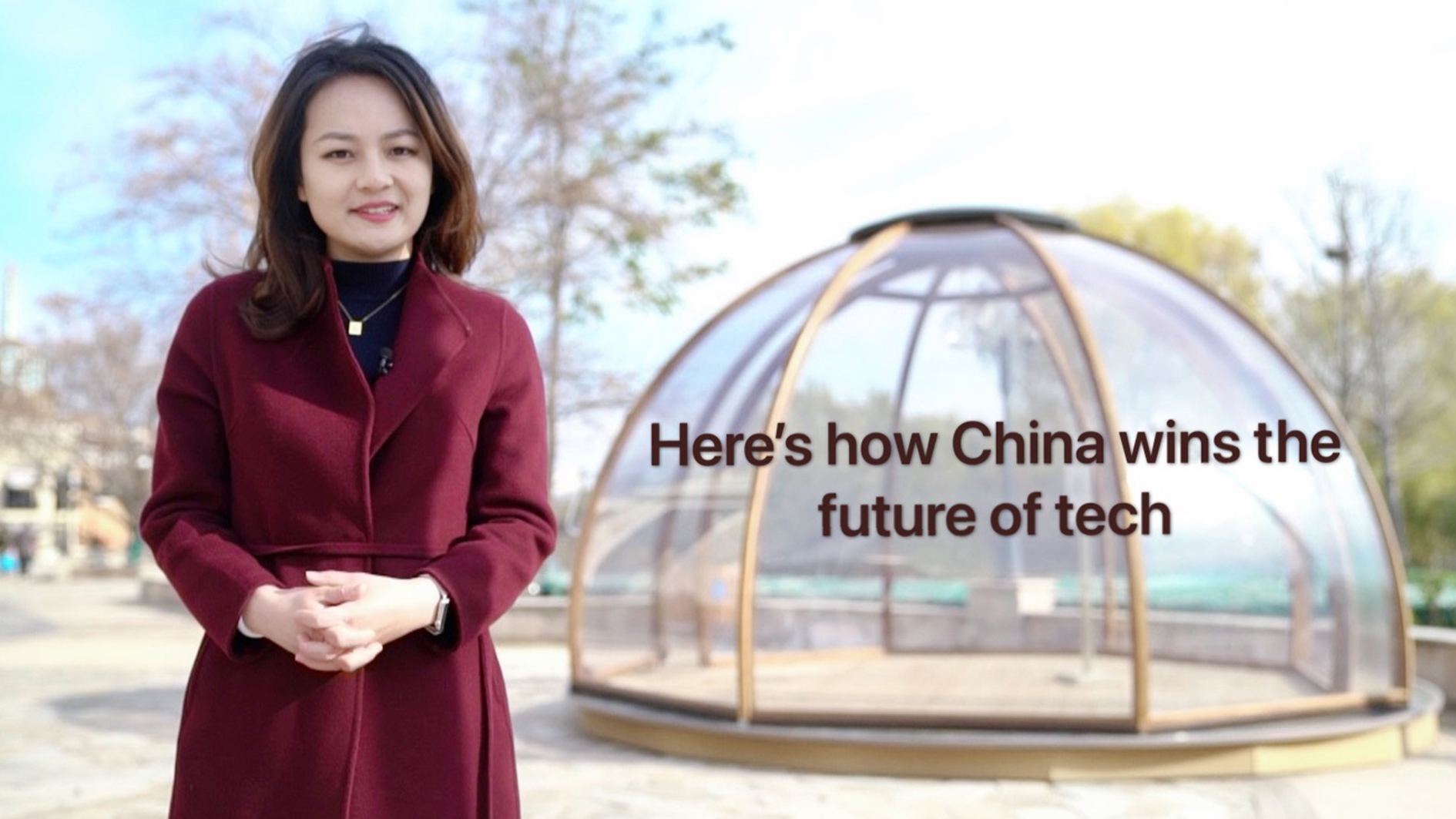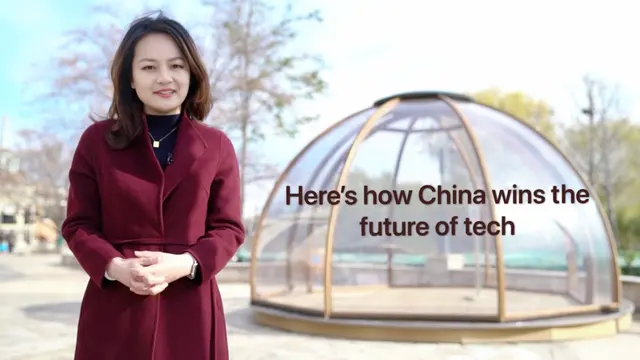02:45

Editor's note: “Up Next China” is a series focusing on how the next Five-Year Plan will change the country, from innovation and technological self-reliance, healthcare, environment and climate change to growth driven by domestic demand.
It might be unrealistic to pinpoint an exact target for the country when it comes to technological goals, but having a direction certainly helps. And China's Five-Year Plan (FYP) does exactly that – provides a guideline as to where the country will be heading in the coming five years.
“Innovation” is at the heart of the latest plan. Beijing says it will become a self-sufficient global tech superpower, and will strive to make major breakthroughs in core technologies in key areas such as artificial intelligence, quantum information, neural science, and aerospace technology.
Since the beginning of the 13th FYP, China has made significant breakthroughs in a series of technologies and products, such as landing Chang'e-4 on the moon, the launch of the Long March-5B rocket, the Tianwen-1 flying to Mars, and the Antarctic expedition of icebreaker Xuelong.
In 2019, China's national innovation index rose to 14th from the 29th back in 2015, with national research and development spending stand at 2 billion yuan or $321 billion). That's a 36-percent increase from five years ago.
In 2018, China's RD spending accounted for more than 2 percent of its GDP, second in the world after the United States. Over four million people worked in RD, maintaining the world's largest pool of personnel in the area, for six years running, according to the National Bureau of Statistics.
Right now, technology has changed the lives of all Chinese citizens. We are looking at a society that uses facial recognition to make payments, enjoys paperless boarding, and even automated luggage check-in at airports, and operates already in a virtually cashless economy where daily life is guided by software and apps powered by potent algorithms and AI.
And with the 21st century promising to be one made of enormous challenges, one thing is for certain: advanced tech will be front and center to the solutions for a better world.
 简体中文
简体中文




